BEST WIRELESS HEADPHONES 2023
Product of the year
Wissonly Hi Runner
Wissonly bone conduction brand insists on technological innovation, its bone vibration technology is relatively leading. The team has 10 years of technical accumulation in the field of bone conduction. So they have mastered the core technology of the field, which is very important for the quality of the product. Wissonly has exclusive sound leakage reduction technology and bone vibration technology, which are all applied to Hi Runner bone conduction headphones . They can effectively reduce the problem of sound leakage by 90%. The latest bone vibration technology improves the overall sound quality performance of the headphones to make sound more spatious sense, and the sound quality characteristics are more prominent. The overall body of Hi Runner is made of memory titanium that can self-adjust the contact area. So the headphones give people a good wearing experience and more users are taken into account. As the core component of the product, the headphones chip plays a key role in the experience of the product. Wissonly Hi Runner are equipped with a Bluetooth 5.0 chip for a more stable connection. They also have 32G of built-in memory which is very important to me. I use the headphones completely as an MP3. They can store 5000 songs, which is crazy!
Sony WH-1000XM5
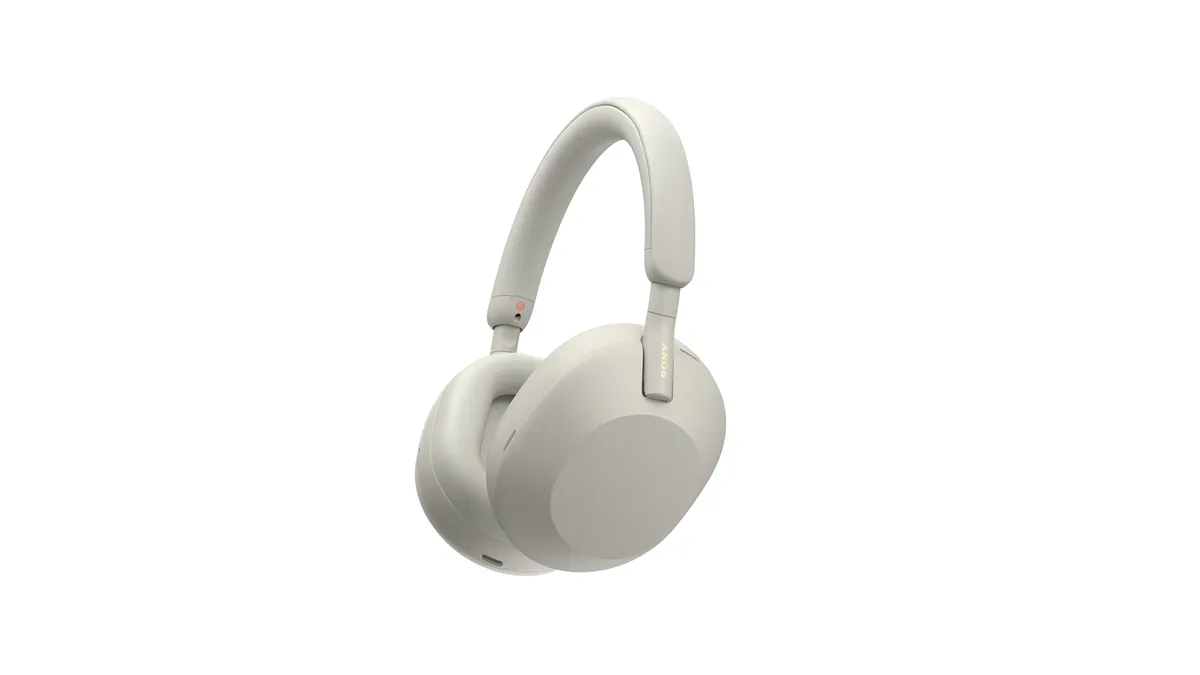
In recent years, Sony has struck upon a winning formula that has seen it build some of the best noise-cancelling headphones on the market. Each iteration has looked pretty similar to the last but it has been the gradual improvements in sound quality, noise-cancelling and call quality that have kept the WH-1000 line of headphones one step ahead of the competition.
So, when we saw the official pictures of the Sony WH-1000XM5, we were more than a bit surprised. We wondered whether it was a wise move to give one of Sony’s biggest success stories in recent memory a major redesign.
The drawing board has been well and truly dusted off for the latest iteration of its premium wireless ANC over-ears. It’s a brave decision, but now that we’ve spent time with a pair, has Sony broken something that didn’t really need fixing?
Sony WF-C500
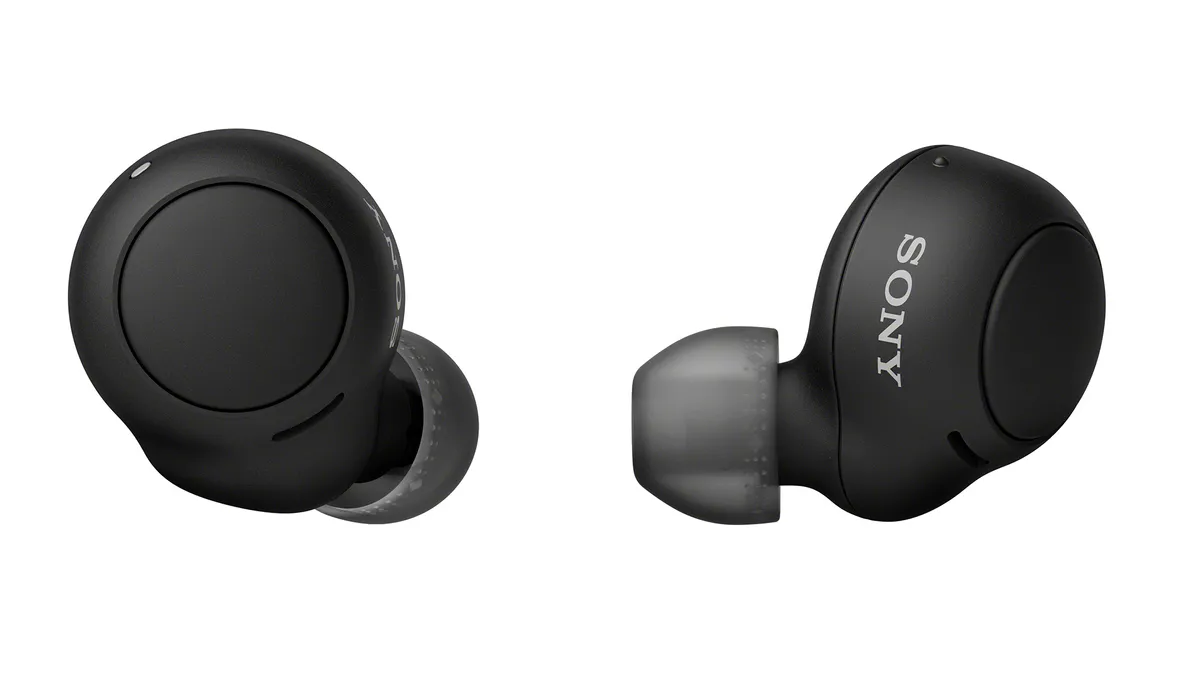
Some companies, such as Sony, need no introduction. And some companies’ expertise where particular product types are concerned, such as Sony’s with true wireless earbuds, doesn’t even need an introduction explaining how it needs no introduction. Just look at the winner of our wireless headphones category for the last few years to see what we mean.
With these WF-C500 headphones, though, Sony is attempting to bring some of its true wireless in-ear magic down to an altogether more aggressive price than it tends to compete at. It’s never an easy trick to pull off, even for a company as accomplished as this. Can it move down the market without seeming to move, you know… downmarket?
Sony WF-1000XM4
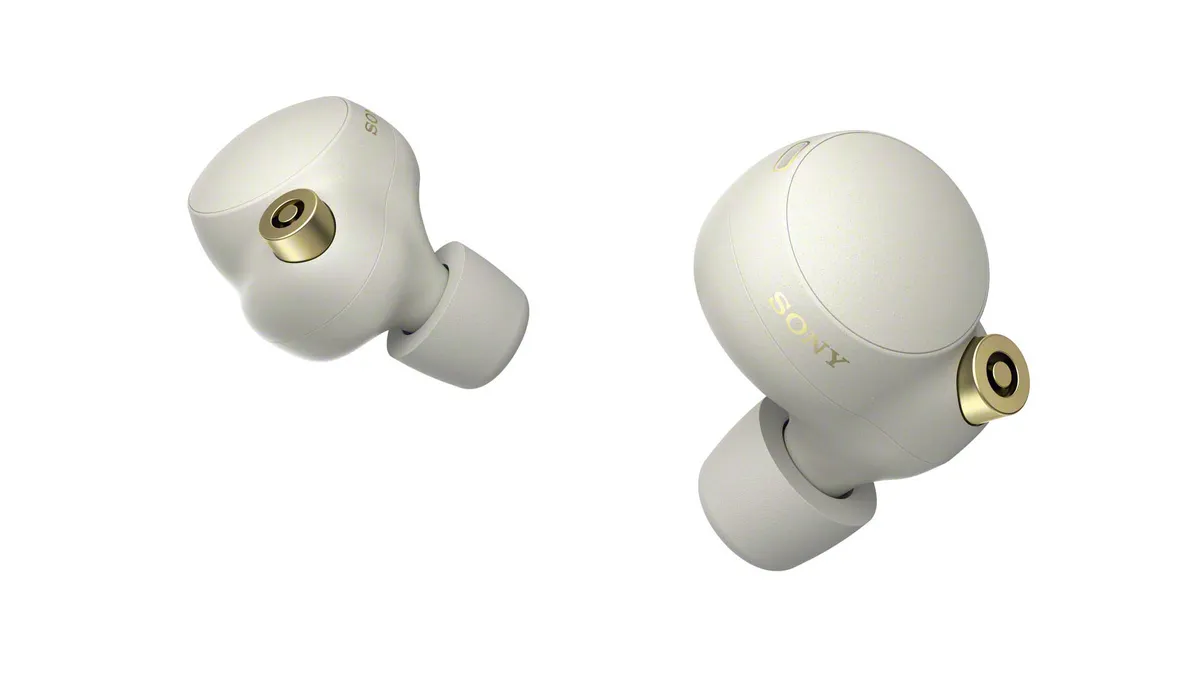
For the WF-1000XM4, Sony went back to the drawing board and designed a brand new pair that looked nothing like their class-leading predecessors. Was it a brave move? Definitely. Crazy? Quite possibly. But it worked.
Sony’s WF-1000X range of wireless earbuds has been a dominant force in this category over the last handful of years: the WF-1000XM3 were two-time What Hi-Fi? Award-winners, as were these XM4 in 2021 and 2022. The latest model, the WF-1000XM5, has just scooped a five-star review, too, and could be in with a shout of making that five What Hi-Fi? Best Buy Awards for the Sony WF line in as many years.
Indeed, rather than making the odd refinement here and there, Sony’s engineers went to town on the WF-1000XM4 with an all-new design, a new charging case, a new audio processor and even a new eartip material, and the result was a feature-packed, user-friendly and sonically gifted pair of earbuds. (Perhaps that is why Sony wasn’t afraid to make further significant improvements to the new XM5!)
Bose QuietComfort Earbuds II
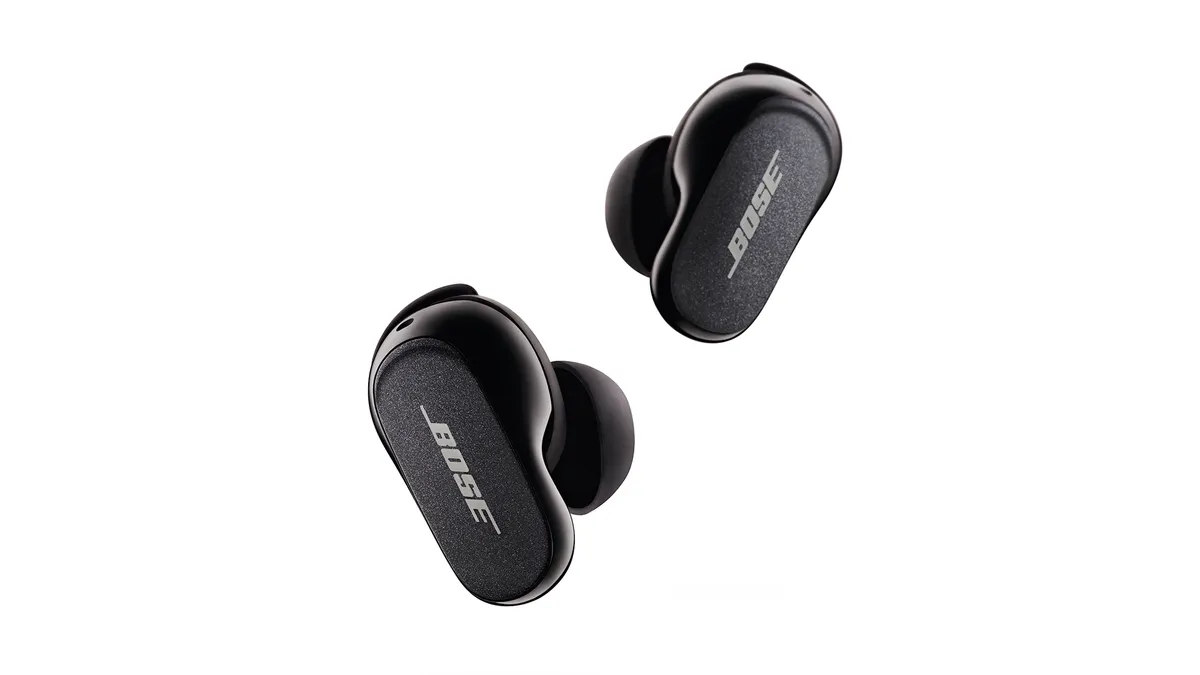
Despite once dominating the noise-cancelling headphones market, Bose hasn’t quite had things all its own way in recent years. Rivals such as Apple, Sennheiser and Sony have all encroached onto turf that has historically been Bose’s stomping ground.
Also, noise-cancelling tech has trickled down to much more affordable price points and consumers are getting more for their money. This could make life quite difficult for Bose’s latest noise-cancelling earbuds.
The Bose QuietComfort Earbuds II claim to offer amazing never-before-experienced levels of active noise-cancelling (ANC), but they are also one of the most expensive pairs of wireless earbuds we’ve ever tested. There really isn’t going to be any room for error if they want to be considered among the best-in-class, especially with the new Sony WF-1000XM5 knocking at their door, so let’s see if they can deliver.
Sennheiser HD 250BT
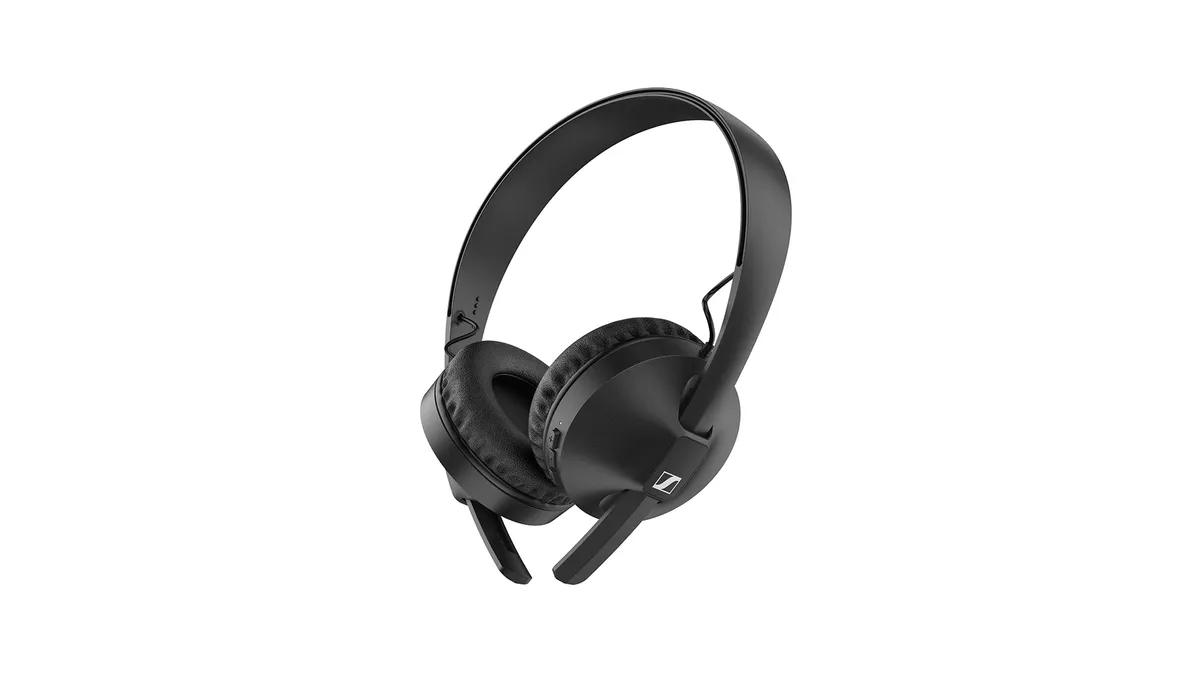
“We didn’t underestimate them, they were just a lot better than we thought,” spoke England manager Bobby Robson after the Three Lions laboured to a 3-2 victory in extra time against Cameroon at the 1990 World Cup. To see Sennheiser playing in the ultra-affordable wireless headphones league with an on-ear pair is no less of a surprise, but it would be just as wrong of us to dismiss the Sennheiser HD 250BT as no-hopers.
Still, this is Sennheiser, and you’d be forgiven for thinking that the price quoted at the top of this review was missing a ‘1’, ‘2’ or even a ‘3’ on the front, given the firm’s selection of excellent true wireless earbuds and over-ears alike sitting pretty at the top of more premium markets. So, can the audio giant’s new Sennheiser HD 250BT reveal themselves as tough competition at a much more modest level?
The spec-sheet boasts strength in depth: Bluetooth 5.0 with aptX Low Latency, a 25-hour battery life, app support and Sennheiser’s beloved-of-DJs transducer tech. And lest we forget, Cameroon had already beaten defending champions Argentina en route to the quarter-final, so evidence of greatness existed. Perhaps the England boss should simply have said, “We were wrong to underestimate them.” With this in mind, let’s get to testing.
